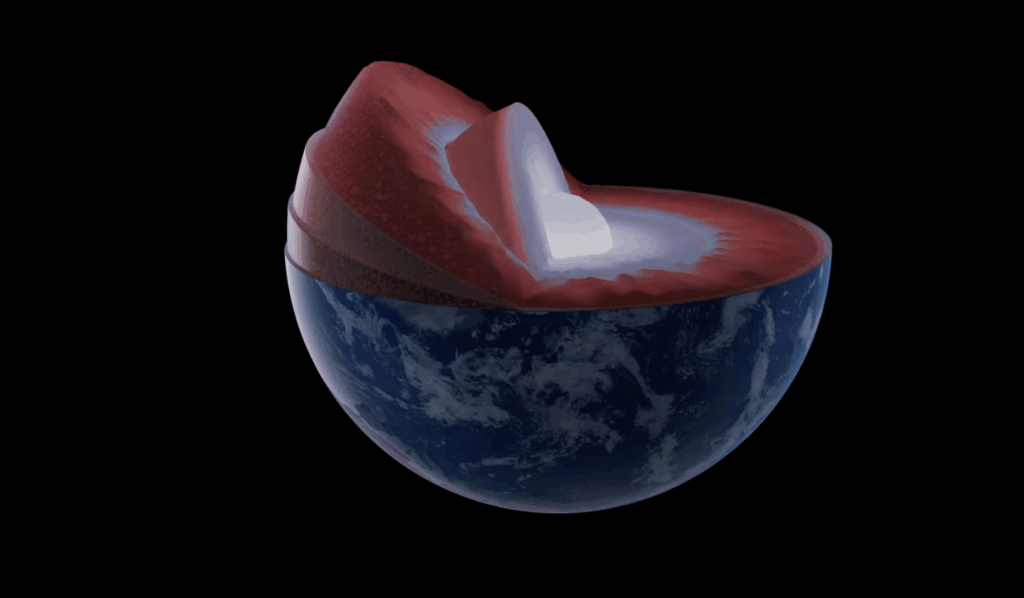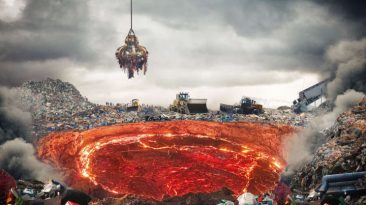Beneath the Earth’s surface lies the core, a scorching sphere of iron surrounded by a layer of molten metal. Temperatures at the core reach approximately 6,000°C (10,800°F), comparable to the surface of the Sun. This intense heat has persisted since the formation of the planet, gradually decreasing by roughly 100°C (180°F) every billion years.
The Role of the Core in Protecting Life
The Earth’s core is fundamental to maintaining the geomagnetic field, which shields the planet from solar radiation and charged particles emitted by the Sun. As the planet rotates, the inner solid core and the outer liquid layer move at different speeds, generating electric currents.

These currents produce the geomagnetic field, which prevents solar winds from stripping away the atmosphere. Without this magnetic protection, the planet would lose its atmosphere, rendering Earth inhospitable to life and more akin to the surface of Mars.
Consequences of a Frozen Core
If the core were to cool completely, it would cease generating electric currents, causing the magnetic field to vanish. The loss of the geomagnetic shield would expose the planet to harmful space radiation and remove the protective barrier that preserves the atmosphere.

In addition, geological activity would halt. Volcanoes would no longer erupt, earthquakes would disappear, and continental drift would stop. The lack of internal heat would result in a progressively colder planet, making long-term survival for life impossible.
Pressure and Structural Challenges
Even a frozen core would retain extreme pressures, estimated at 3.5 million times greater than surface pressure. Any attempt to penetrate the core would encounter these extreme conditions, compressing materials and any exploratory devices into a dense state, emphasizing that the core’s heat and pressure are critical to the planet’s stability.


















